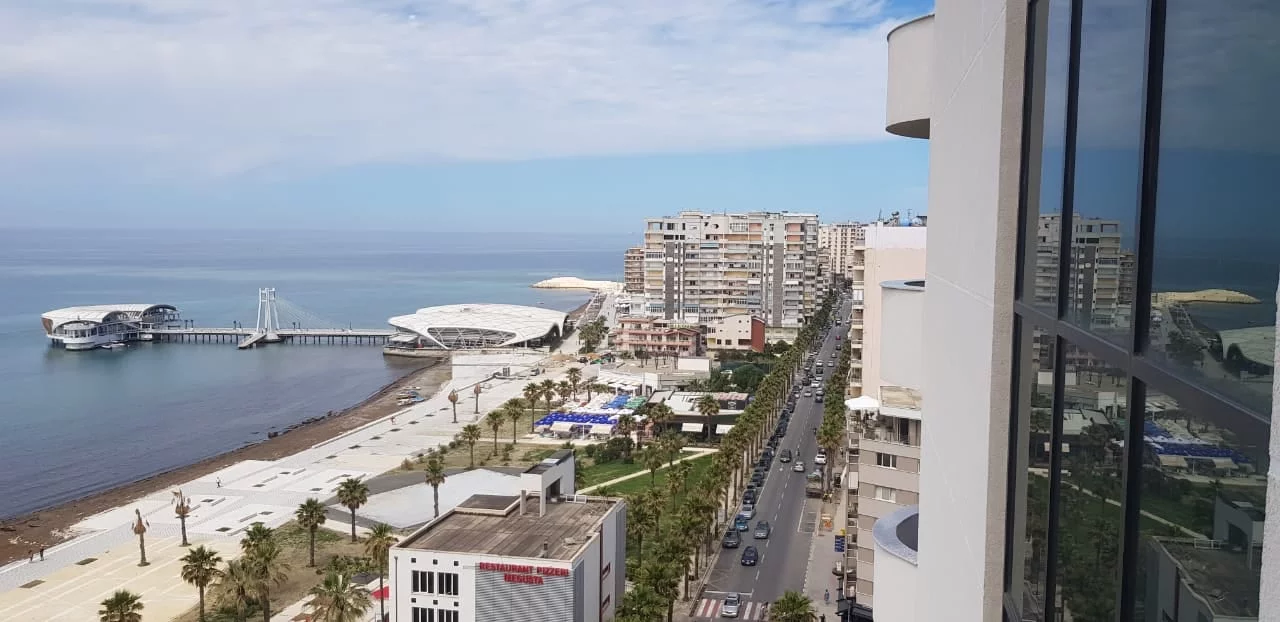Durres

The coastal city of Durrësi, located a convenient 34 km from Tirana, is home to Albania's largest port—and is one of the country's most ancient cities. “The eternal city” over the Adriatic has a 3,000-year history, its founding dating back to 627 B.C.E. when the Corinthians and settlers from the ancient Greek city of Corcyra, situated in the island of Corfu, invaded the Illyrian territory of the Taulantii people.
Because of its long history, the city is naturally brimming with ancient archaeological sites and findings, including the famous amphitheater of the Roman Emperor Hadrian, whose 15,000-seats capacity make it the second biggest amphitheater in the Balkans.
A litany of surviving objects and buildings attest to Durres's history: bathhouses from the 2nd century A.D., a Byzantine forum with marble columns built around the 5th-6th century, and a small 9th century church whose walls are covered with mosaics. These remnants of this past are all a short walking distance from the amphitheater.
The old city was surrounded by a wall, a third of which is still standing. Caesar himself once walked along ancient roads that have survived through history. Those interested in learning more about this history can visit the newly rebuilt Archeological Museum, on Taulantia Road. Although, “Bukuroshja e Durrësit,” (The Beauty of Durrës), a renowned archaeological mosaic unearthed in Durrës and created during the 4th B.C.E., is held at the National Historic Museum in Tirana.
Durres is a fantastic destination for history and art buffs: beyond the Archeological Museum, visitors can explore the Ethnographic Museum, which was one home to famous actor Alexander Moissi, and the centrally-located Art Gallery.
Durrës is also perfect for those looking to take a break by the sea, as its sandy beaches and numerous restaurants with a stunning view of the Adriatic, make for a perfect and relaxing day trip.